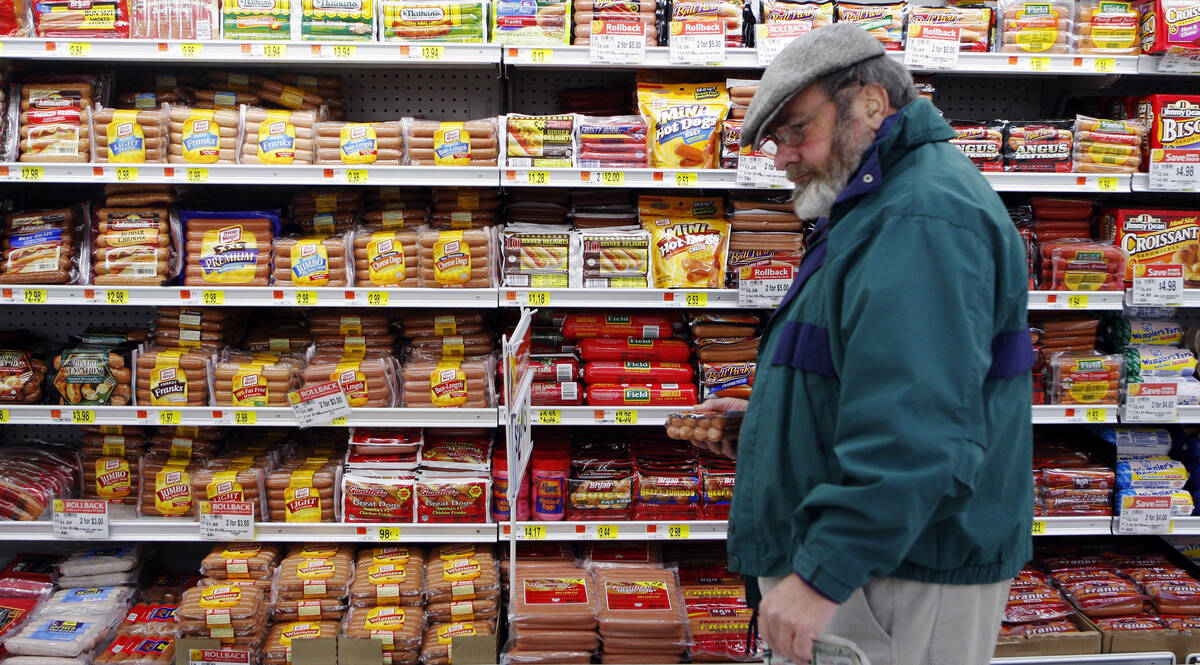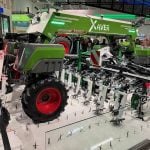Farmers are paying more fines and will need to be more vigilant about their vehicle identification and safety in the future.
That’s according to a long-time supplier of lighting and observer of agriculture and road trends.
Mike Stewart, of IXL Canada is helping Country Air in Moorefield with its increasing customers looking for new lighting on farm vehicles.
Why it matters: Farmers have not been held to the same standard on the road as other sectors, as most of the work done by farm equipment is off the road. That appears to be changing.
Read Also

Canada seventh-most influential country on agri-food
Report from Dalhousie University and MNP shows Canada ranks seventh among G20 countries on agri-food influence.
However, there’s contradictory information and Stewart says officers might not have the same interpretation.
“Road safety, strobe lights and safety lights have become such a big business and one full of confusion,” he says.
The fines are around $500 for many infractions on farm vehicles, and the solutions usually cost less.
Strobe lights should more commonly be used on agriculture service vehicles. Stewart says there are examples where commercially plated vehicles used for agriculture are using signs meant for farm vehicles, such as Slow Moving Vehicle (SMV) signs. When vehicles can run more than 40 km per hour, they can’t have a SMV sign on them.
“A farmer with a higher-speed tractor, they are stopping it and saying you have to be strobe lit. You say you have a SMV sign on and they say that doesn’t cover it,” he says.
A fertilizer spreader towed by a pickup truck or a commercial vehicle can’t just carry an SMV sign. It has to be lit like a commercial trailer.
He also recounts the fine that a logging company recently received when it stopped to load at the side of the road with a truck — like many farm trucks do at harvest. Pilons were placed and the four-way flashers were on, but they were told by an Ontario Provincial Police officer that four-ways are for hazards and the truck should have a strobe light.
Growing urban areas and increasing travel between farms bring farmers closer to non-farmers on the road and Stewart says that’s part of what’s leading to the greater enforcement.
Enforcement bulletins to government offices can sometimes put more emphasis on regulations that have been in the traffic act for 10 years.
An example is four wheelers with snowplows. He says they need to be strobe lit, but few people knew that, until it started being enforced.
“Somewhere there has got to be a clear and concise rulebook,” he says.















